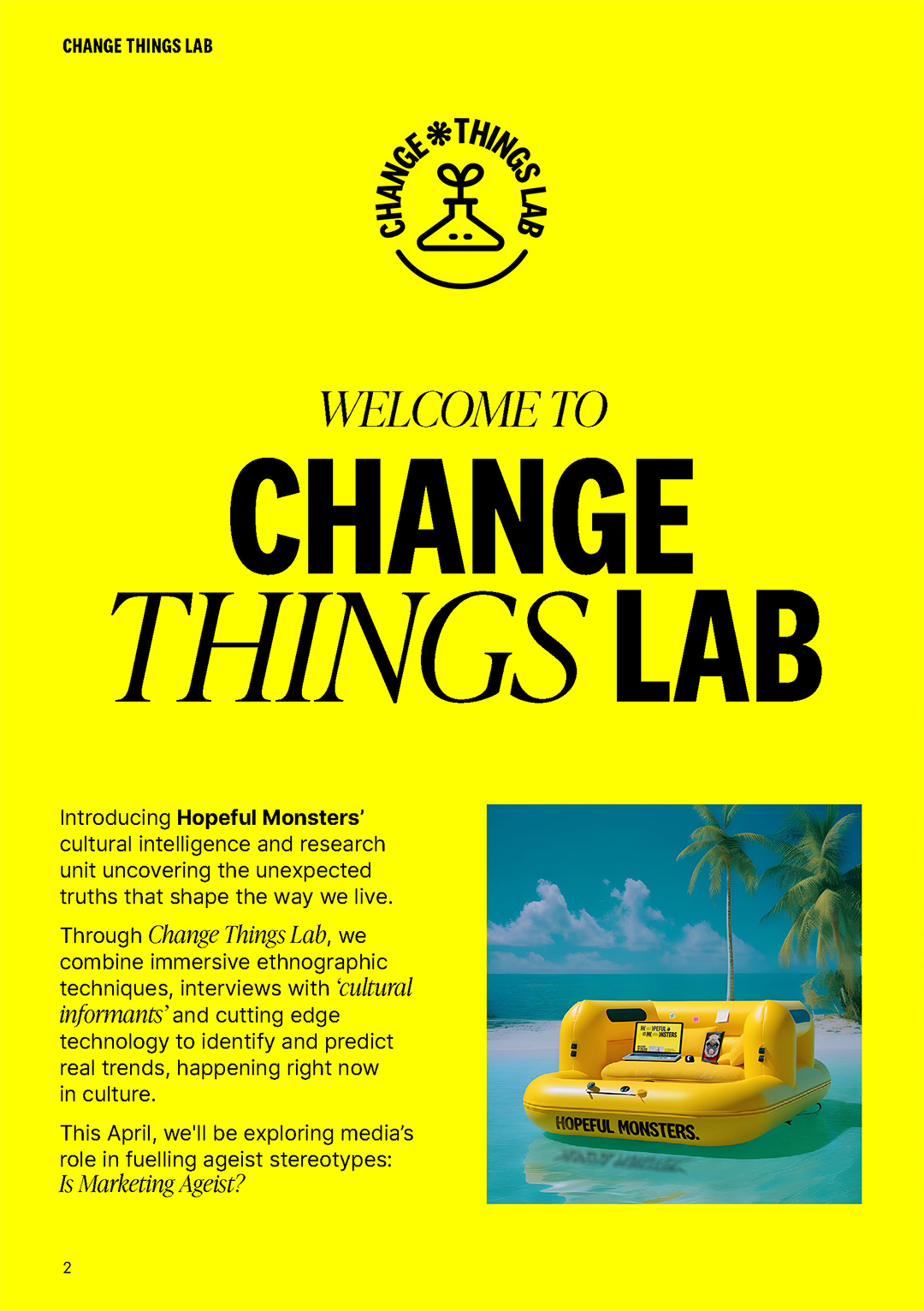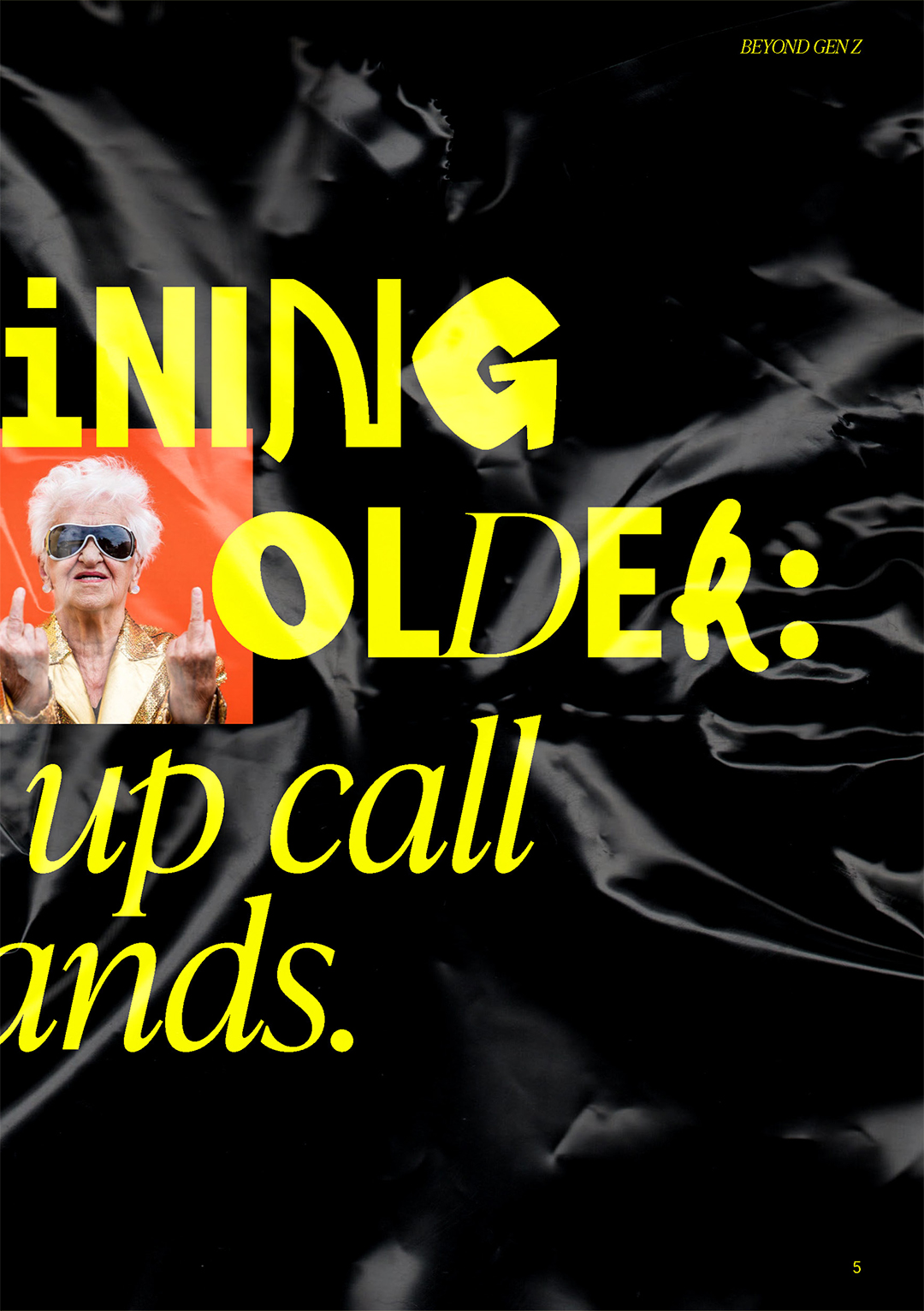August 26, 2025
If I had a dollar for every time a brand described or showcased Latino culture as “vibrant”, "loud”, “spicy”, “passionate”, “narcos”, “mariachis”, “sexy”,“exotic”, “Mexico” or "immigrant", I’d probably own the agency and unlimited tickets to go back to Ecuador to visit my family. Don’t get me wrong, some of this exists in our culture, but it’s not the whole story, and it is time to address some of those stereotypes now that Latinidad is in the spotlight.
Bad Bunny proves this in his song “El Apagón” when he says “ahora todos quieren ser latinos”, which translates to “now everyone wants to be Latino”. However, this refers to a monolithic culture, to that character that mainstream media has created, full of stereotypes for both men and women. A character that is decontextualised made by the music industry as a result of the worldwide success of the rhythms that the market has tagged as “Latinos” and the concept built around them. It is interesting to see that being Latino is currently a “trend”, as if this is some sort of fashion. However, the world does not necessarily love all that makes our culture so unique and valuable. Appreciation comes when it’s convenient.
But the reality is that we are not all a Sofia Vergara or a Pedro Pascal, and speaking Spanish does not make us Spanish or Mexicans by default, sorry to break that idea, but not really.
Latinidad is also quiet resilience, family trauma, diasporic identity, political crisis, longing for a place you can’t return to and hope. It’s protest music, Indigenous memory, kitchen tables, fútbol and spiritual rituals. Being Latino is hospitality, the constant fight for rights and justice, nature, it’s our Spanish dialects and sometimes Spanglish, but also Portuguese in case people forget about Brazil. I can keep going, but if I had to summarise Latinidad into one word, it would be resonance. Latino identity is powerful; it is not just something lived, it's something that echoes through music, language, memory, and spirit.
I’ve built my whole concept for what culture is and means, thanks to my upbringing in a Latino environment and the love for where I come from as an inspiration in my work and life. So, when brands reduce us to being spicy and loud, reggaeton and tacos, they flatten an entire continent’s worth of complexity into a cliché. And that’s not storytelling - that’s stereotyping.
Real Latino storytelling is nuanced, diverse, and deeply emotional. It's time brands stop relying on tired stereotypes and start genuinely listening. The opportunity for marketers is right in front of them—if, and only if, they take the time to understand our culture and explore it with depth. Otherwise, they’re missing a chance to stand out and become a brand that truly resonates.
Every brand wants to cut through the noise—but the ones that will succeed are those that move beyond recycled clichés and instead craft authentic creative work that reflects the richness, complexity, and uniqueness of Latinidad. Why does this matter? Because we’ve been misrepresented for far too long. And frankly, it’s enough but also our economic influence and purchasing power has shown growth year over year.
There are countless opportunities for brands to break free from limiting stereotypes and instead draw genuine inspiration (not appropriation) from our culture—by highlighting the parts that are too often overlooked: our coffee culture, textiles and fashion, hair traditions, our ties to family and heritage (our abuelos and abuelas), what we drink (hint: it’s not just tequila), what we export, how we celebrate, and our vast music scene (beyond just salsa).
There’s more than enough room in the creative industry to accurately represent our traditions without reducing our culture to a prop. Celebrate our language without forcing exaggerated accents or broken English. If you want to speak to us, center Latino voices, show us in a full range of roles, and move beyond the narrow boxes of service, entertainment, or crime. That kind of lazy marketing is outdated—and honestly, it was never okay.
Our global population accounts for 662,185,950 people (Latin America and the Caribbean), that is approximately 8.15% of the world’s population. A new report showed that the U.S. Latino economy continues to grow, reaching $3.2 trillion in 2021, up from $2.8 trillion the year prior. This means that if Latinos were an independent country, their GDP would rank fifth in the world, ahead of the United Kingdom, India and France.
The Hispanic population in the United States is projected to grow substantially, reaching 97.99 million by 2060, up from 63.66 million in 2022. So, the importance of marketing to Latinos and Hispanic people properly can’t be ignored anymore.
Latino culture is incredibly diverse, encompassing people from over 20 countries with unique stories, dialects, traditions, and identities, so brands that invest in research to target this market segment the right way will see the ROI and appreciation of a group of people that are finally feeling represented in a way that honours our culture with depth and authenticity. At the end of the day, like every consumer, we appreciate brands that respect our culture, represent us authentically, and provide quality products or experiences.


























